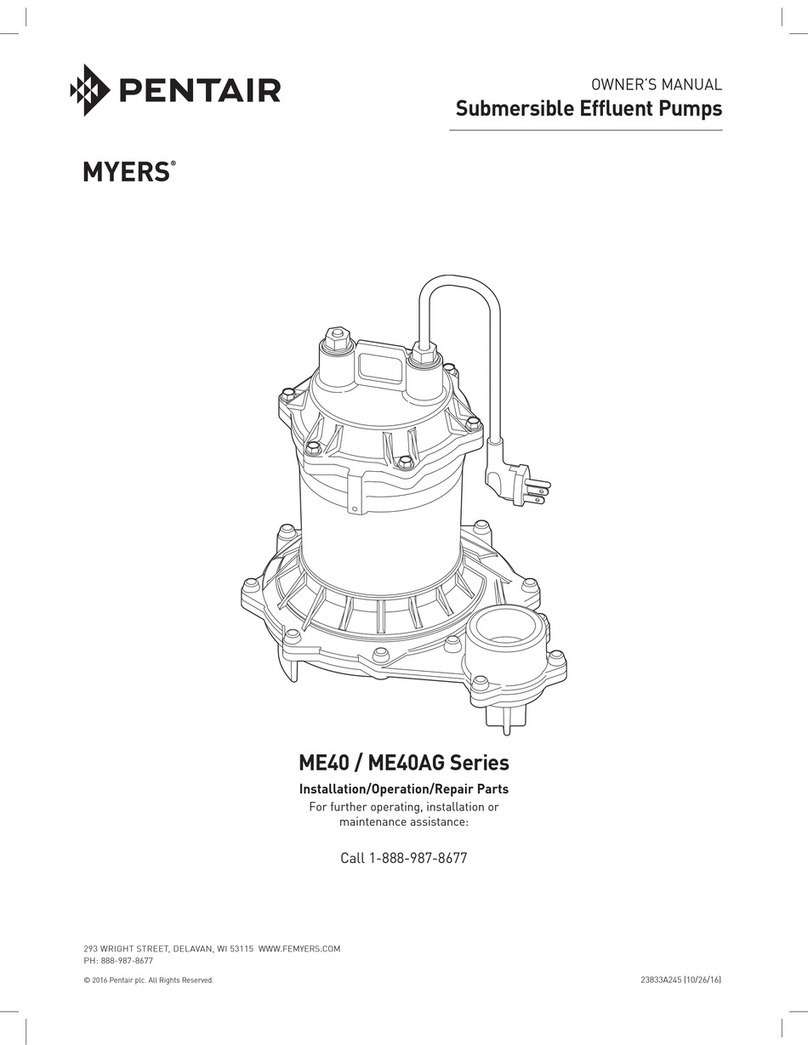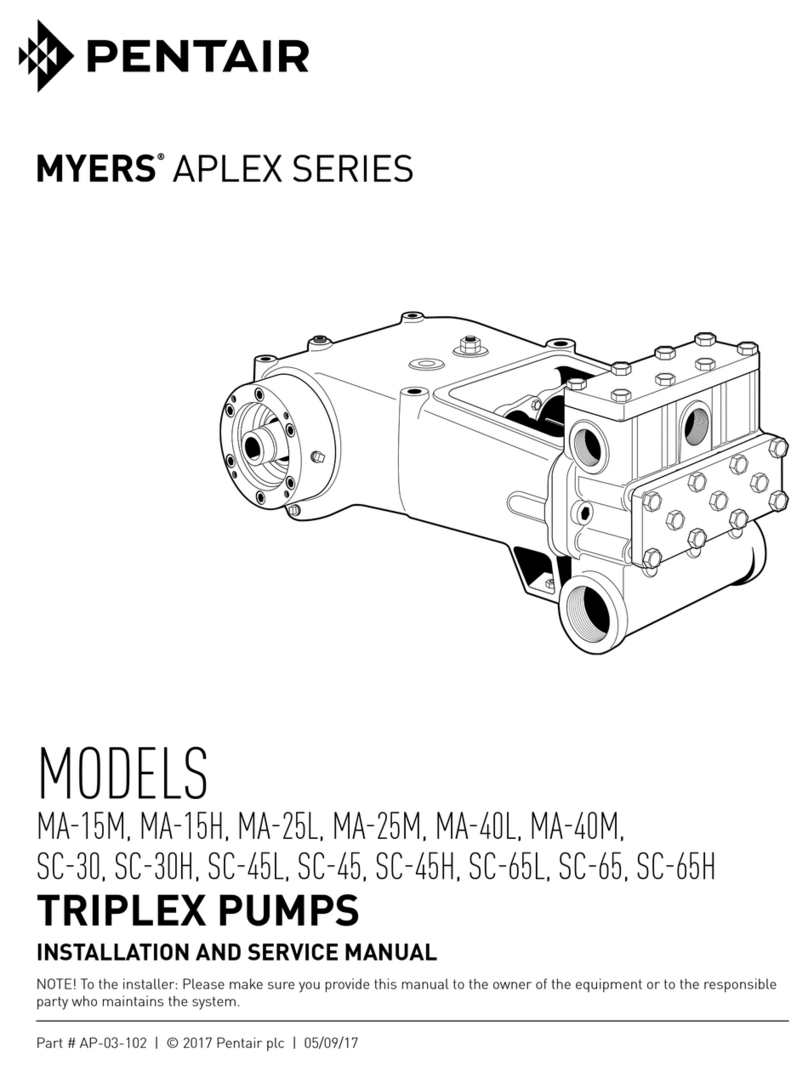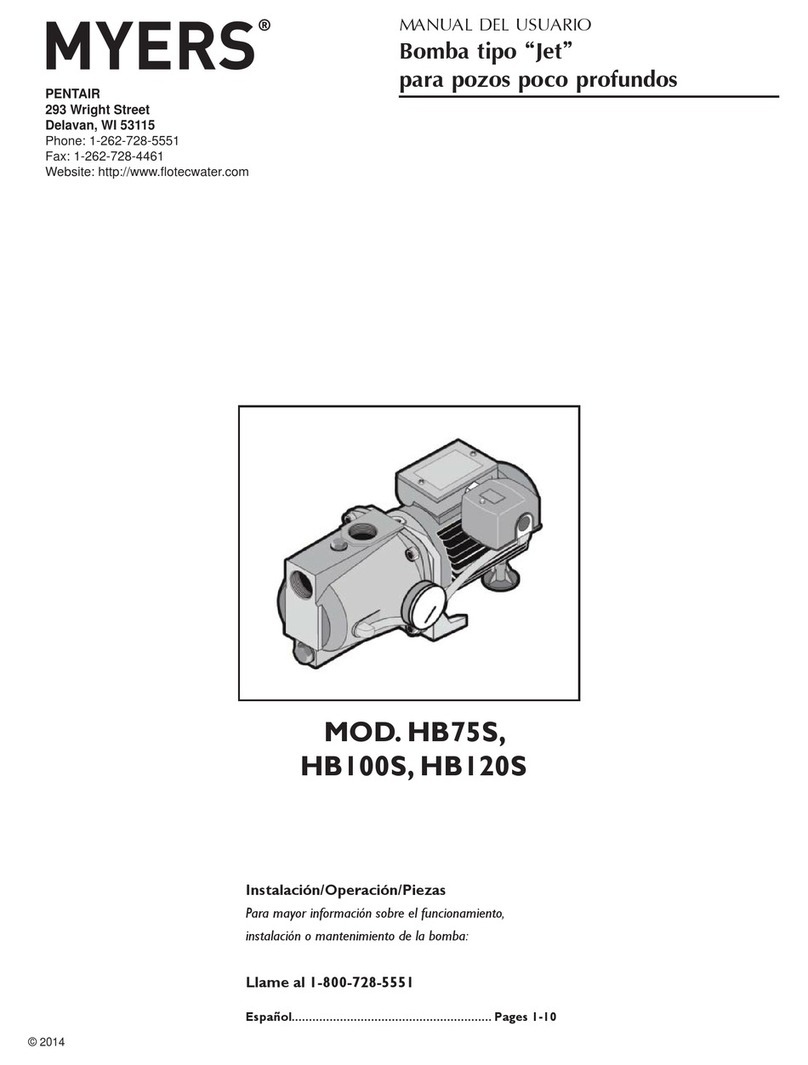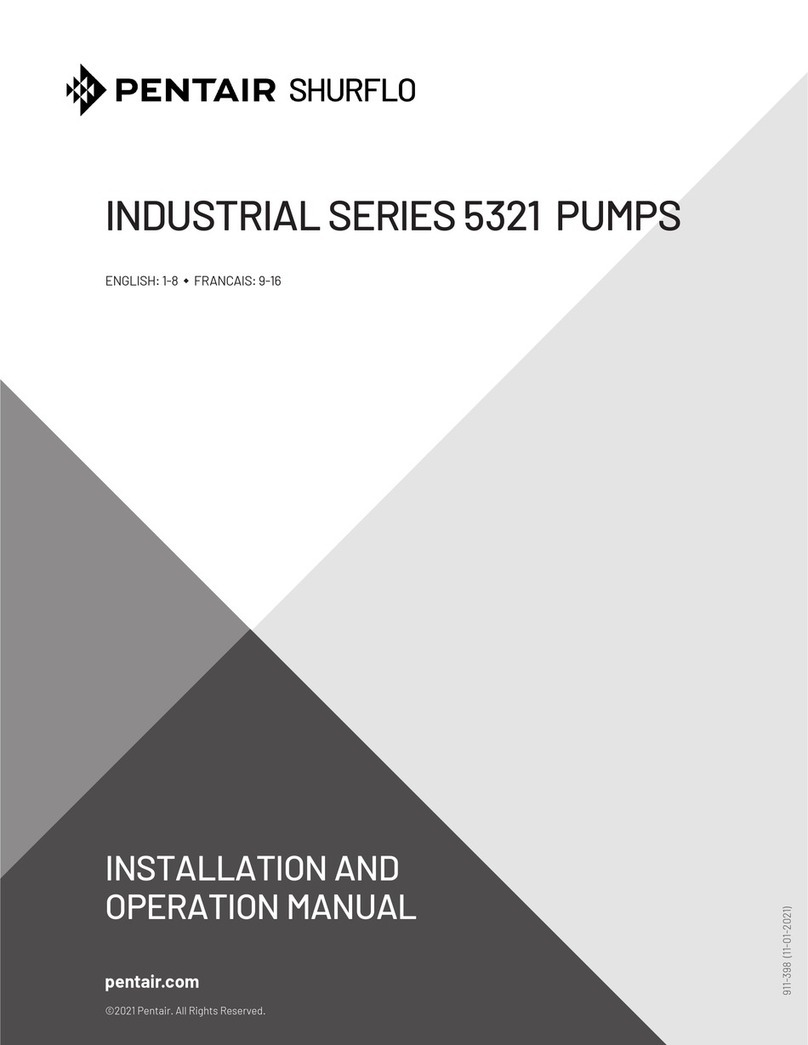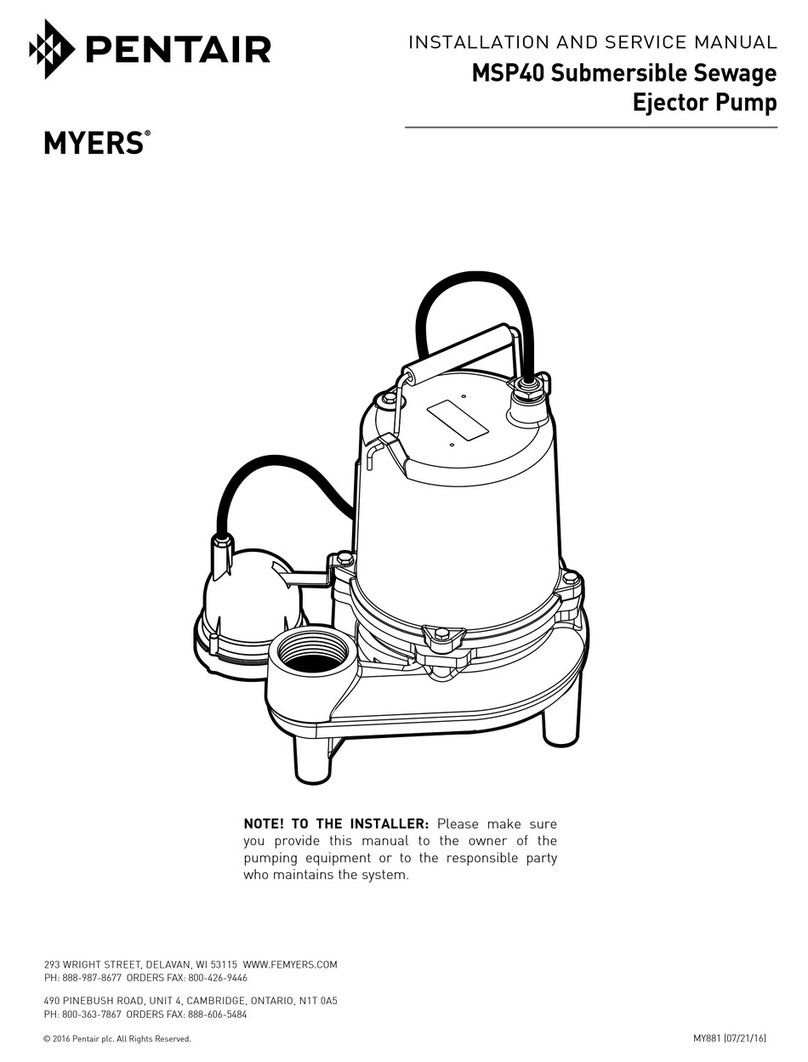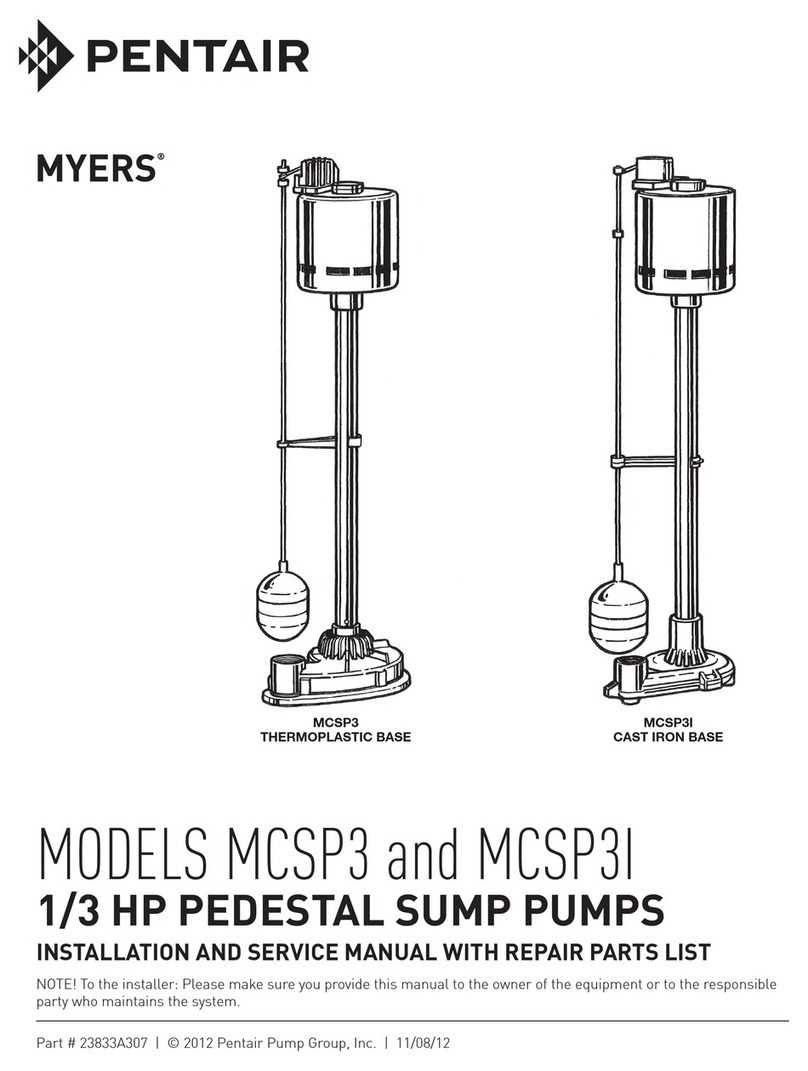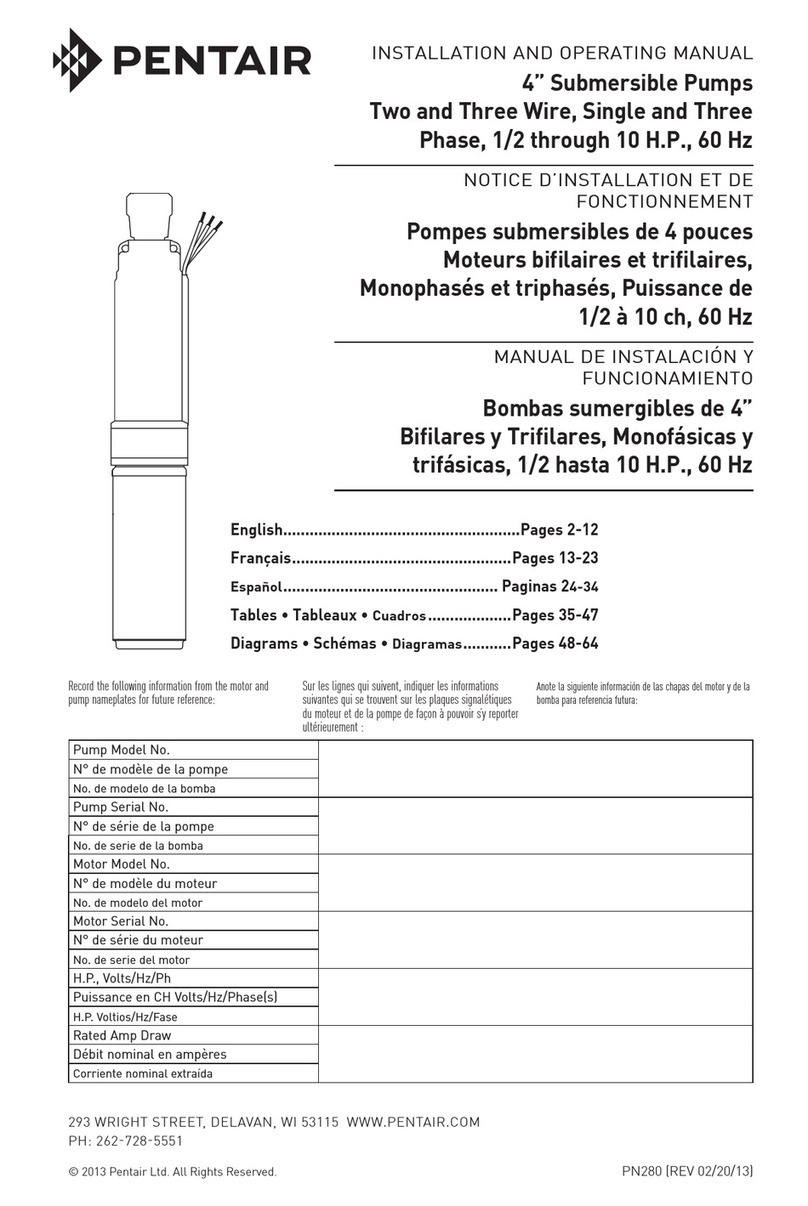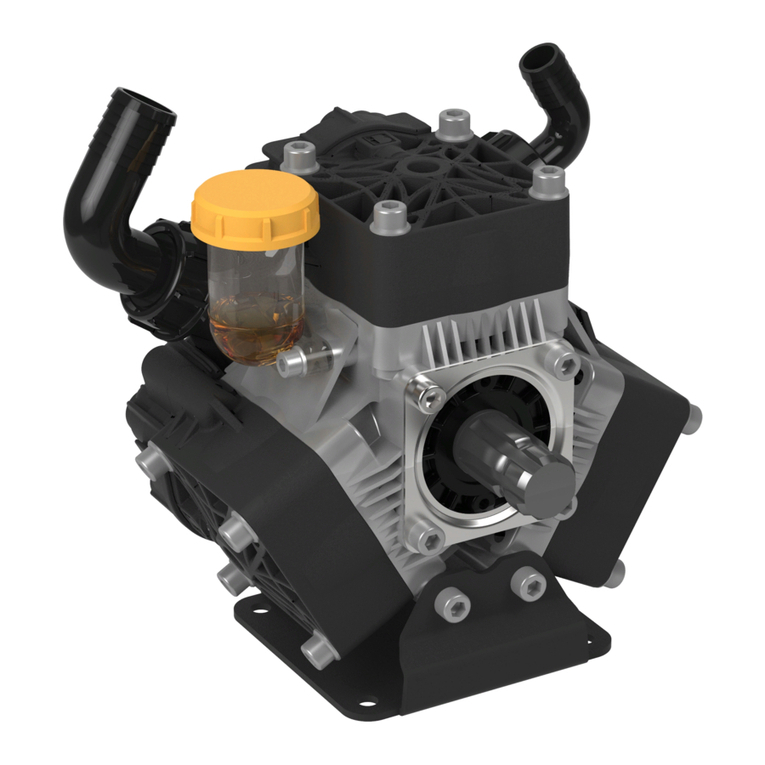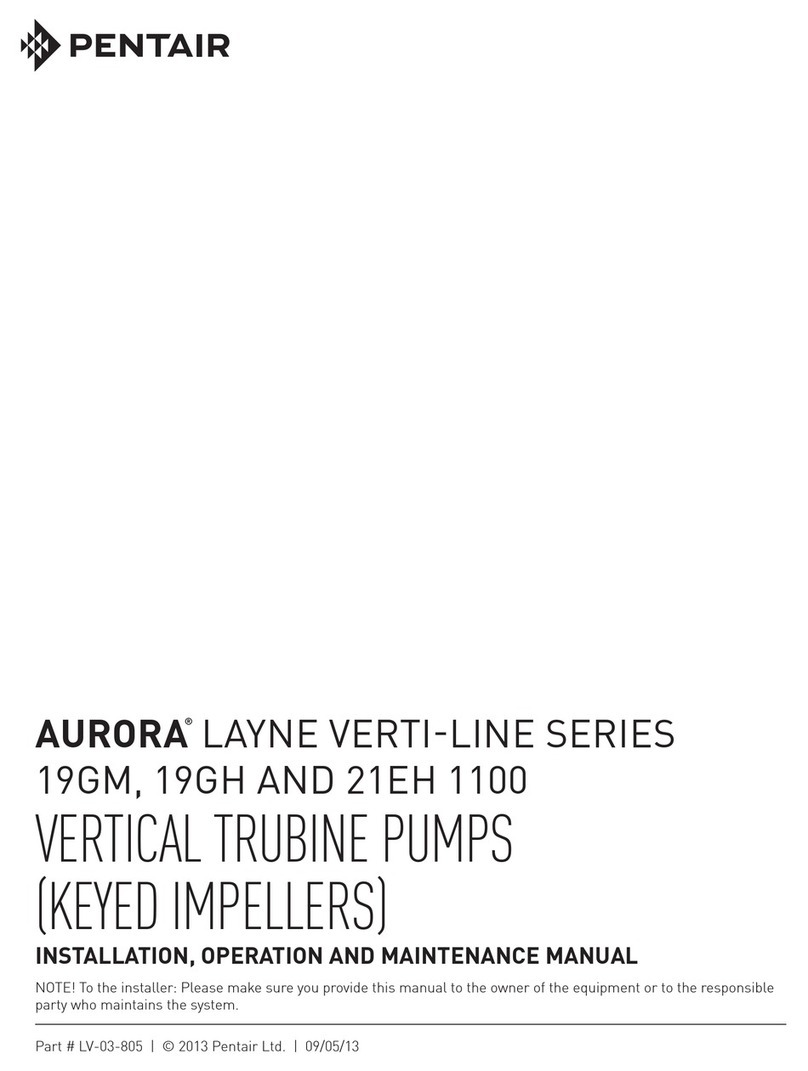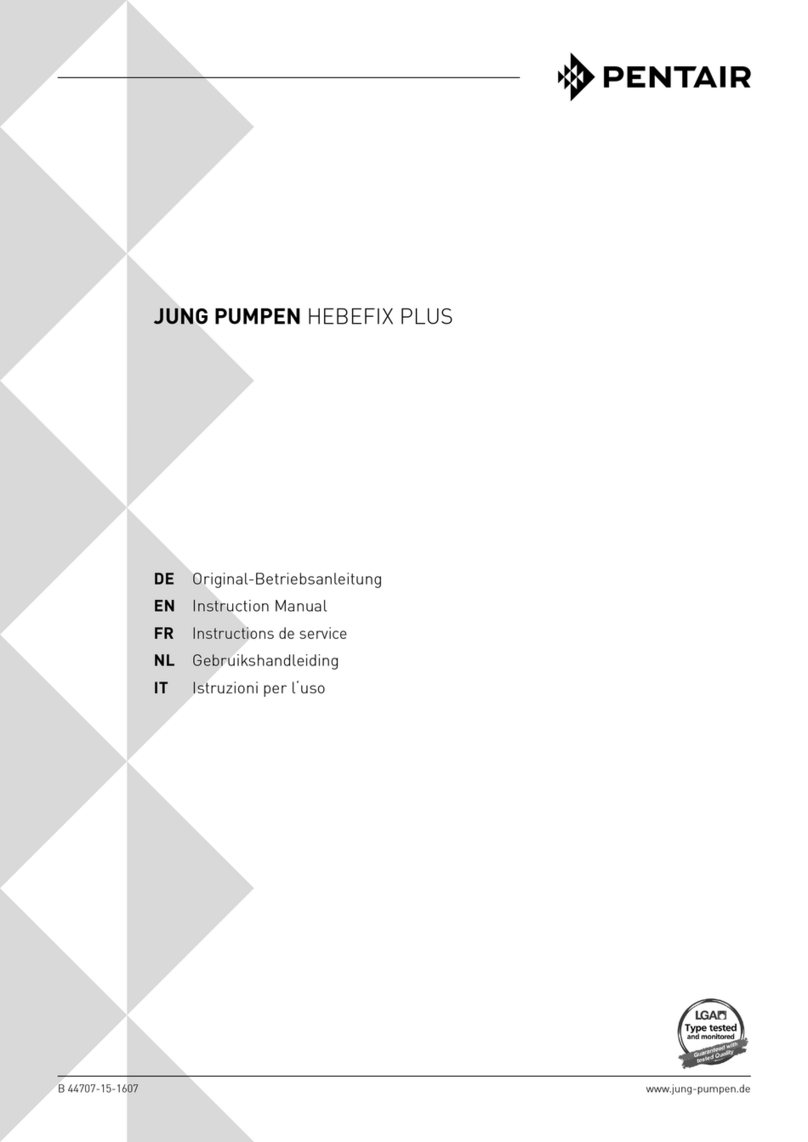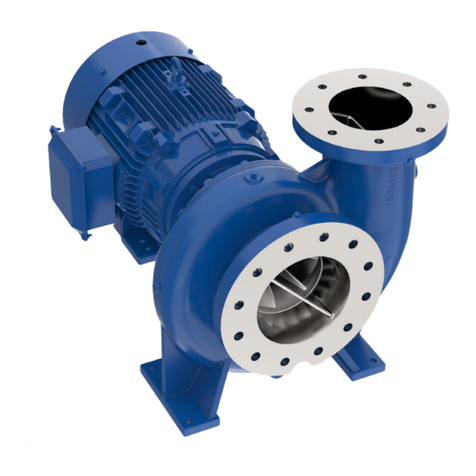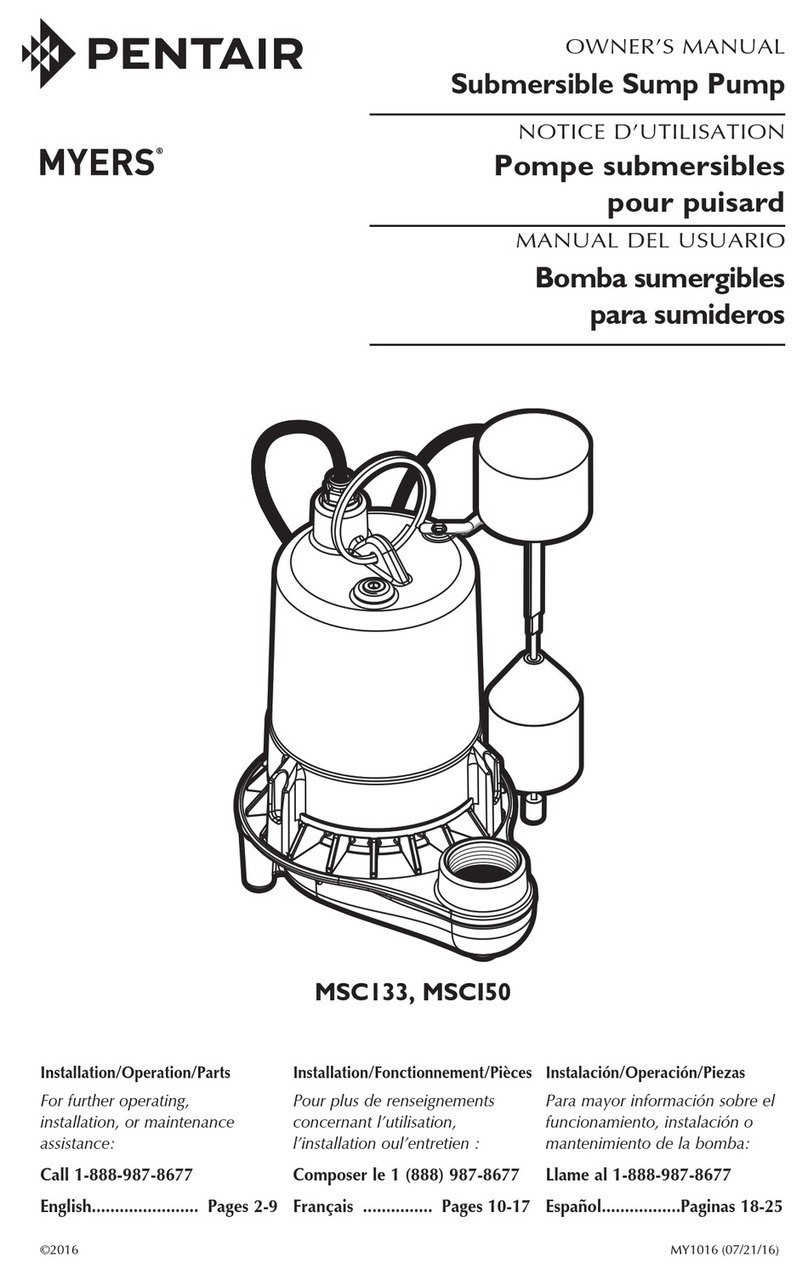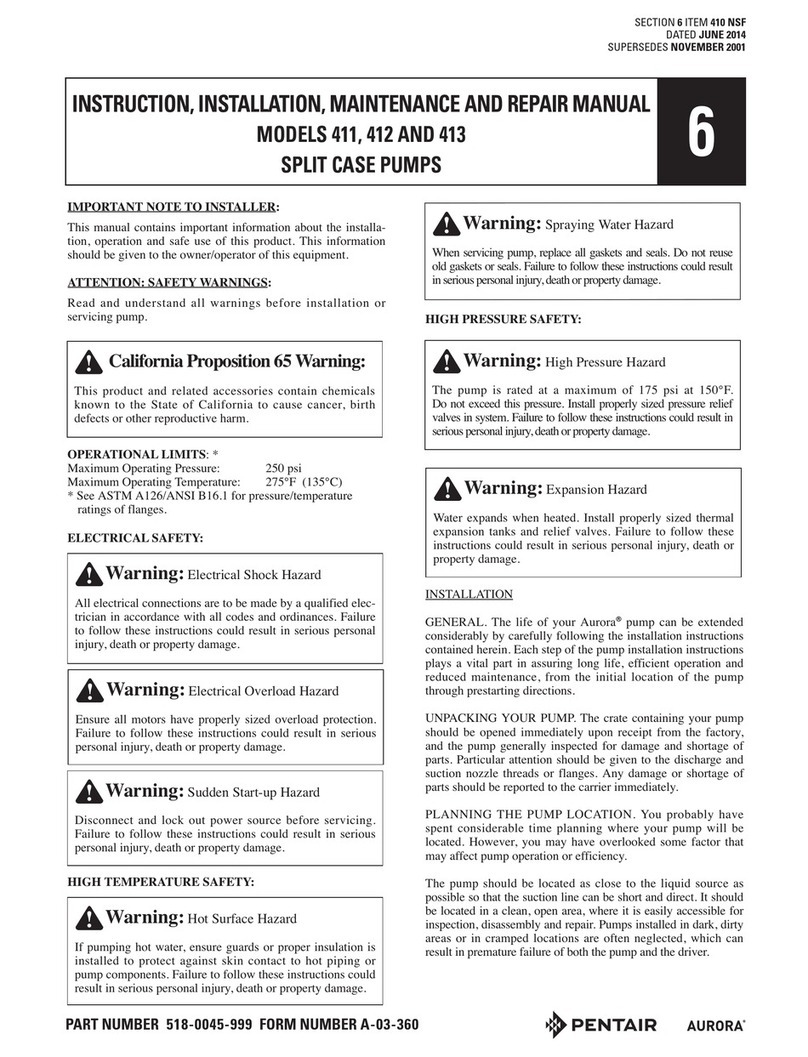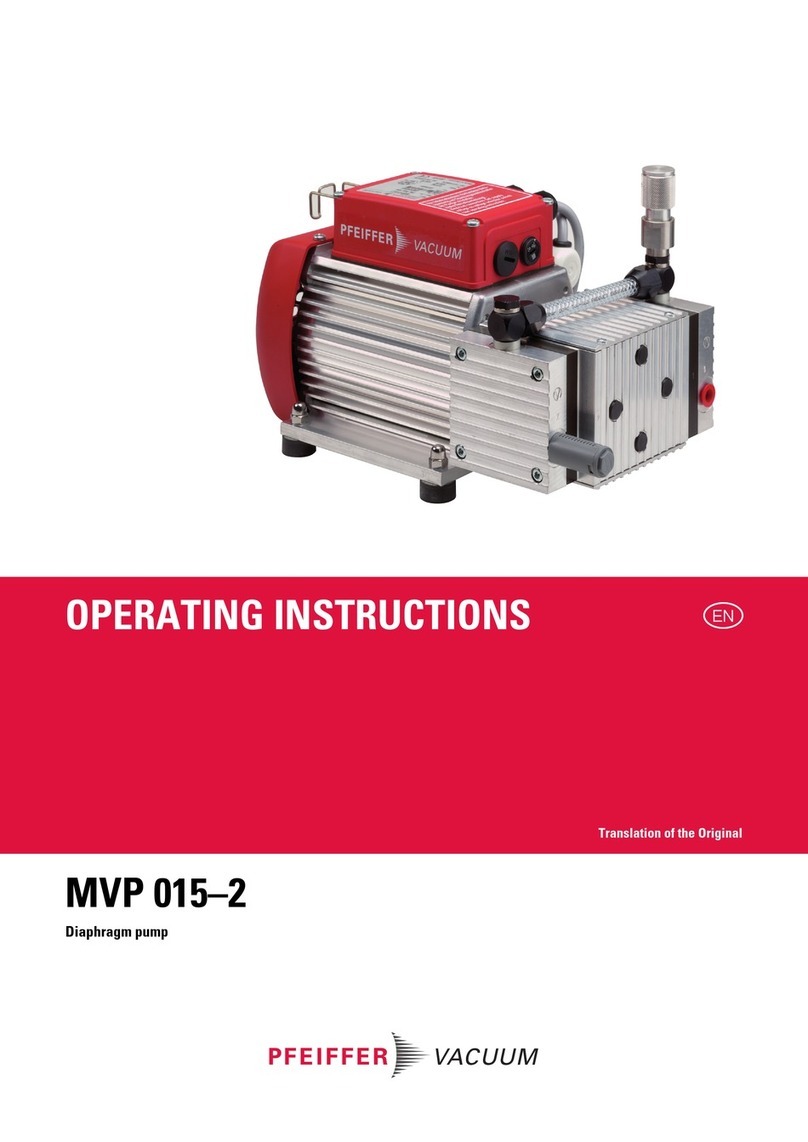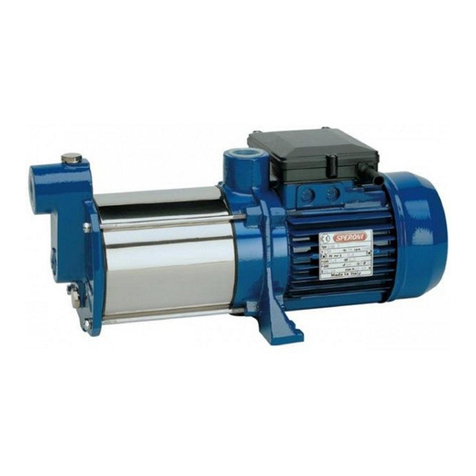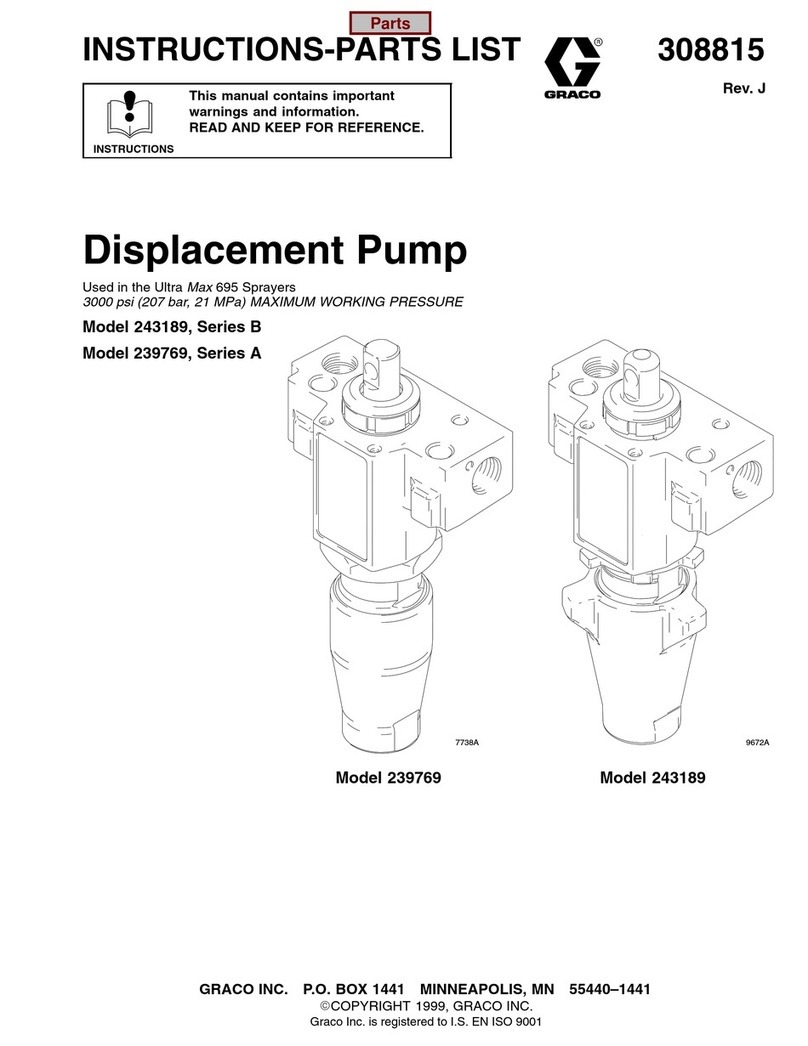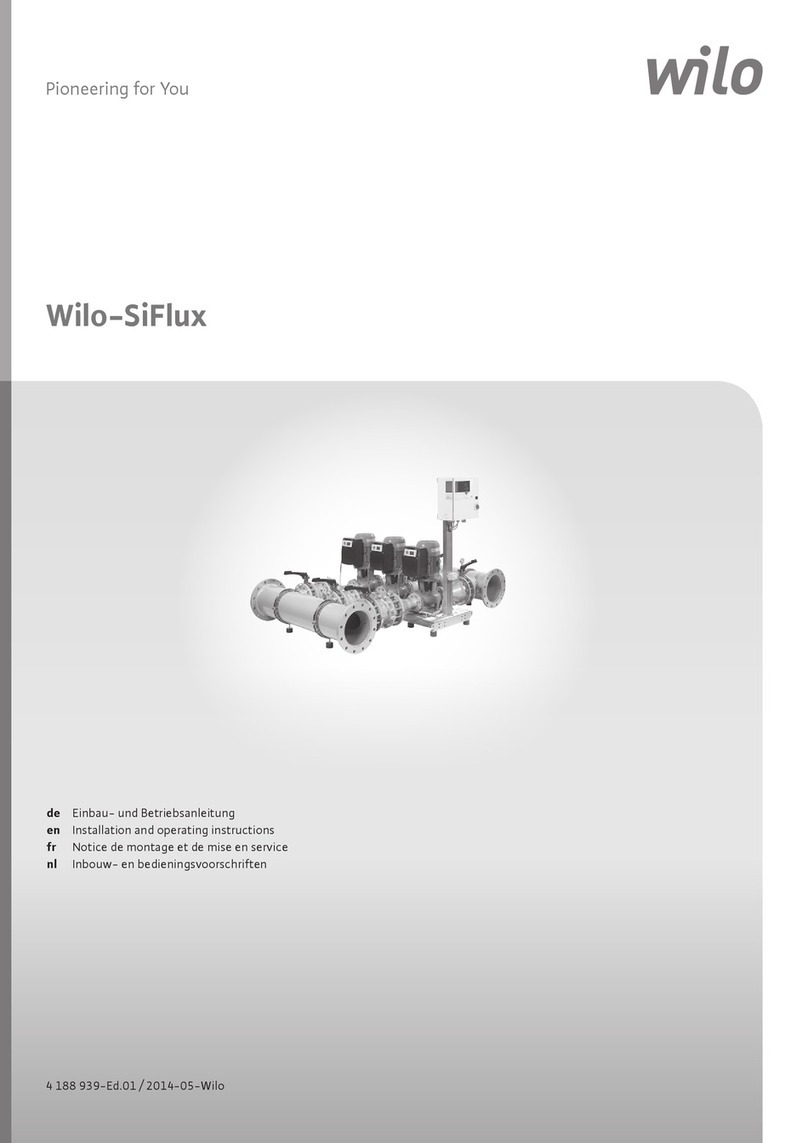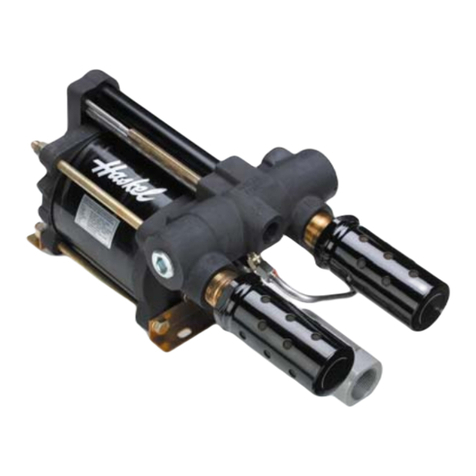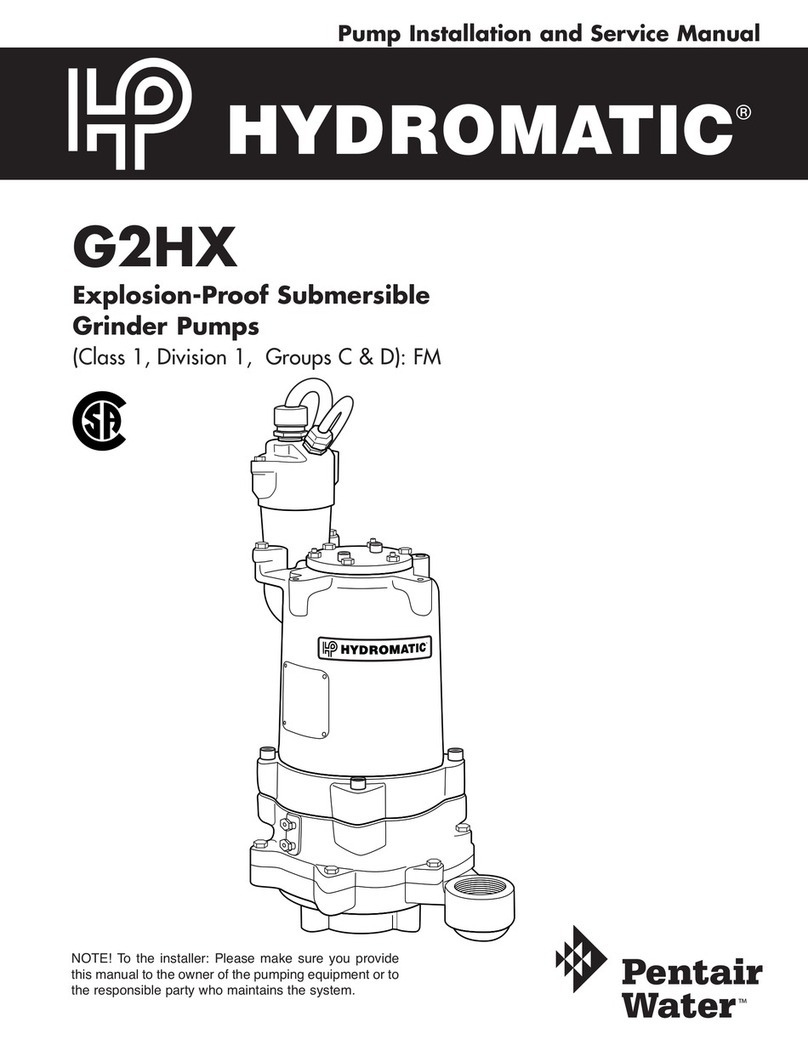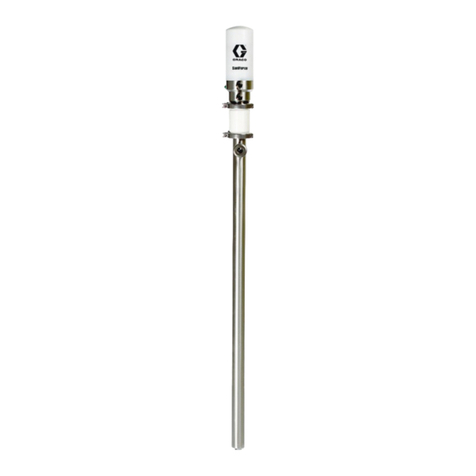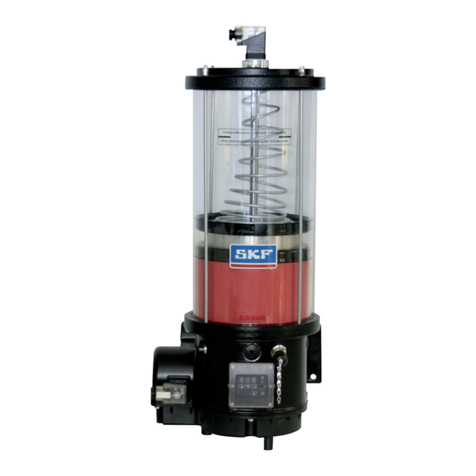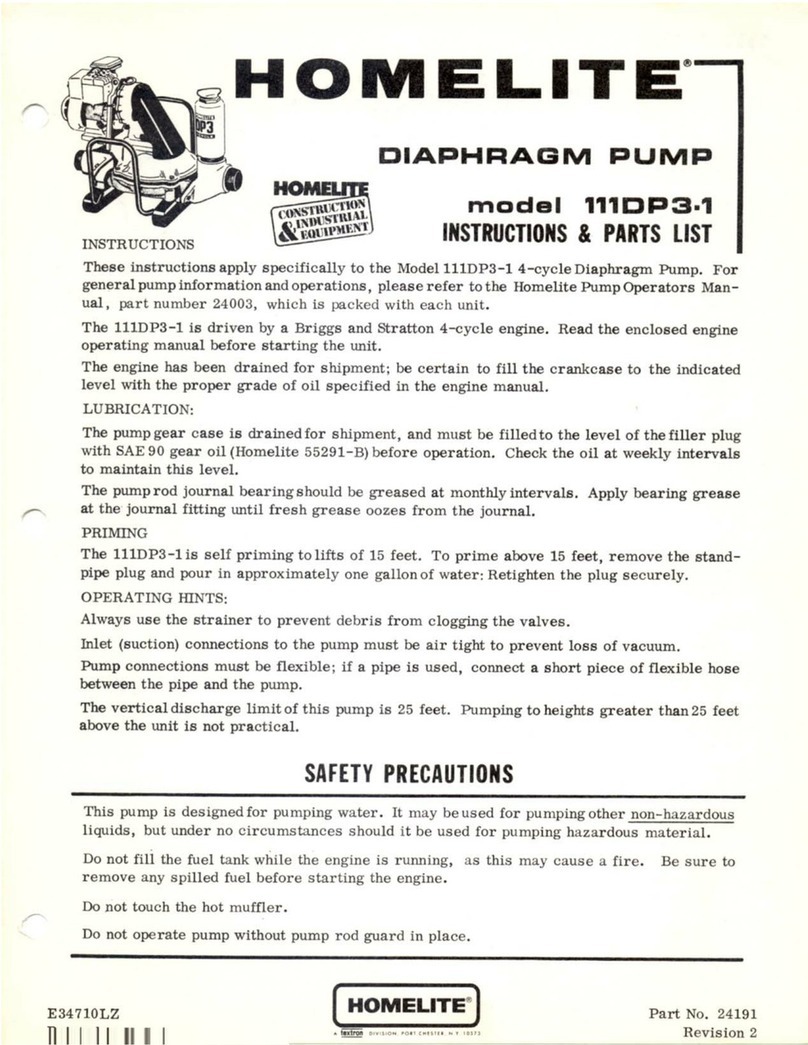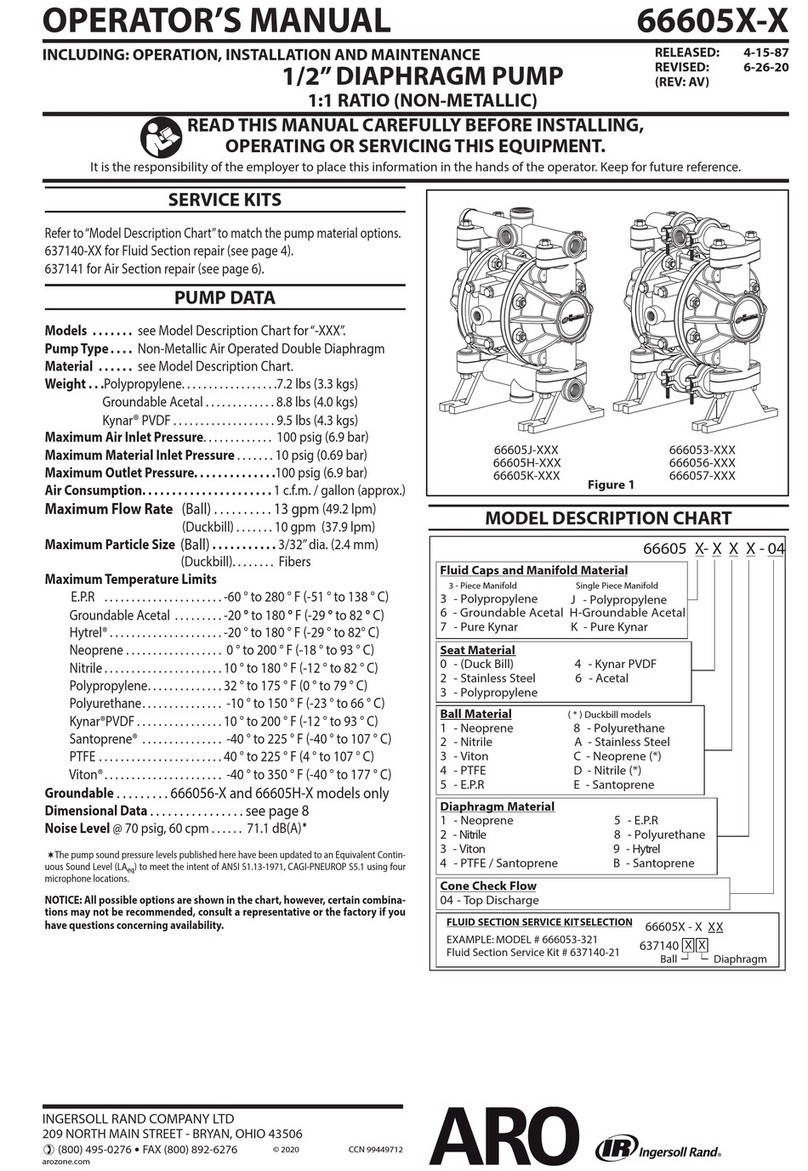
50 2 M6
65 2½ M8
80 3 M8
100 4 M8
125 5 M10
150 6 M10
200 8 M10
250 10 M12
300 12 M12
Pentair reserves the right to change the contents without notice page 5
Copyright © 2012 Pentair Valves & Controls. All rights reserved.
Keystone
Series GR Resilient Seated Butterfly valves
GRW/GRL Installation & Operation Manual
4 Maintenance for Series GRW/GRL resilient seated butterfly valves
Sizes NPS 2-12 (DN 50-300)
WARNING!
Depressurize and, if necessary in case of dangerous fluids, drain the line and flush with appropriate
cleaning fluid before starting any maintenance. Failure to do so may cause serious personal injury
and/or equipment damage.
Before disassembling the valve, ensure the valve has been decontaminated correctly from any
harmful gasses or liquids and that it is within a safe temperature range for handling.
Personnel making any adjustments to the valves should utilize suitable equipment. All required
personal protection means should be worn.
We recommend that personnel should be trained in all aspects of these instructions before carrying
out handling of any valve.
4.1 Routine maintenance
The Keystone Series GRW/GRL butterfly valves are designed to require a minimum of
maintenance.
Routine maintenance or lubrication is not required, we recommend periodic (visual) inspection to
ensure satisfactory operation and sealing to the environment.
4.2 Removing the valve from the pipe system
1. Turn the disc to nearly closed position. (The disc is in line with the parallel flats in the shaft).
2.Loosen all flange bolts and remove the bolts, which prevent removing of the valve.
3.Spread the flanges with adequate tooling, and remove the valve.
4.3 Valve disassembly (see Figure 3)
1. Turn the disc to almost open position.
2. Remove actuator.
3. Remove the circlip from the top of the body.
4. Pull the upper shaft out of the body.
5. Remove the bushing, shaft seal and circlip from the shaft.
6. Unscrew and remove the plug from the bottom of the body.
7. Pull the lower shaft out of the body (a threaded hole is provided in the end of the shaft). (See
Table 1 for tapped hole dimensions)
8. Remove the disc by pulling or ‘rolling’ out of the seat bore.
9. Remove the seat from the body: pry under both seat edges at one point, collapse the seat into
the shape of a round bottom heart configuration and pull the seat out of the body bore.
10.Remove bearings from shaft bores.
4.4 Valve assembly (see Figure 3)
1. Clean all parts. Use silicone grease on the disc to facilitate the assembly.
2. Mount the two shaft bearings close to the bore of the body.
3. If removed before, re-assemble the packing in the body.
4.
Collapse the seat in the shape of a round bottom heart and firmly place the ‘bottom’ part of the seat
into position in the body. Align the holes in the seat properly with the holes in the body.
5. Fit the circlip to the groove in the upper shaft.
6. Insert the upper shaft with sufficient (silicone) grease so that it protrudes approximately 3/8”
(10 mm) into the inside bore of the seat. Insert the lower shaft with sufficient (silicone) grease
so that it is flush with the inside bore of the seat. Install the disc, with the hexagonal bore to
the top. Insert the disc in the seat with the shaft bore on the topside against the shaft, leaving
the bottom part of the disc just outside the seat. Ensure the keyway or parallel flats on
shaft are aligned to the disc edge. Push the bottom part of the disc in place with a twisting
motion.
7. Insert the shafts completely using a rotating pressure on the shaft, and a rotating motion on
the disc. Pay special attention in order that the seat is not damaged due to any misalignment
of stem holes.
3.6 Troubleshooting guide
Symptom Possible cause Resolution
Valve would not rotate Actuator has failed Replace or repair
Valve packed with debris Flush or clean valve to remove debris
Valve leaking Valve not fully closed Close valve, check actuator stop settings
Debris trapped in valve Cycle and flush (with valve open) to remove debris
Seat is damaged Replace seat
Jerky operation Extreme dry application Put some silicone oil on seat or increase size of actuator
Air supply actuator inadequate Increase air supply pressure and/or volume
Table 1 -
Bottom shaft tapped hole dimensions
Valve size Hole dimension
(DN) (NPS)
8. Put some sealant on the plug and screw
it into the lower shaft bore.
9. Fit the bushing over the top of the shaft
and into the top of the body. Retain it in
place with the circlip.
10.Mount the actuation.
4.5 Re-installing the valve
See section 3.3.1








